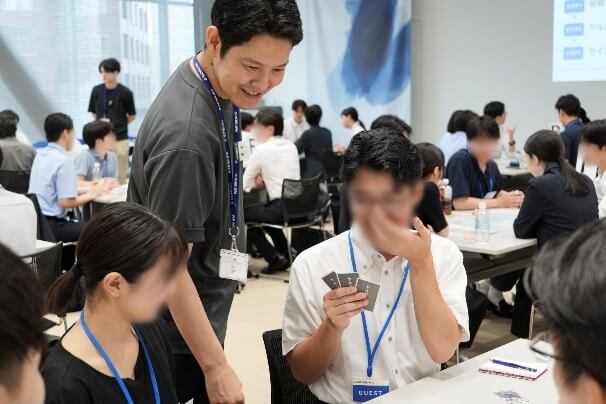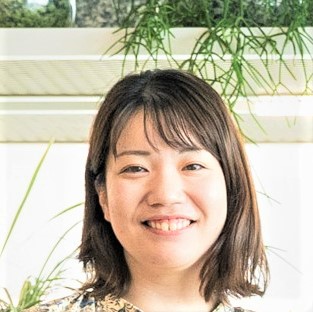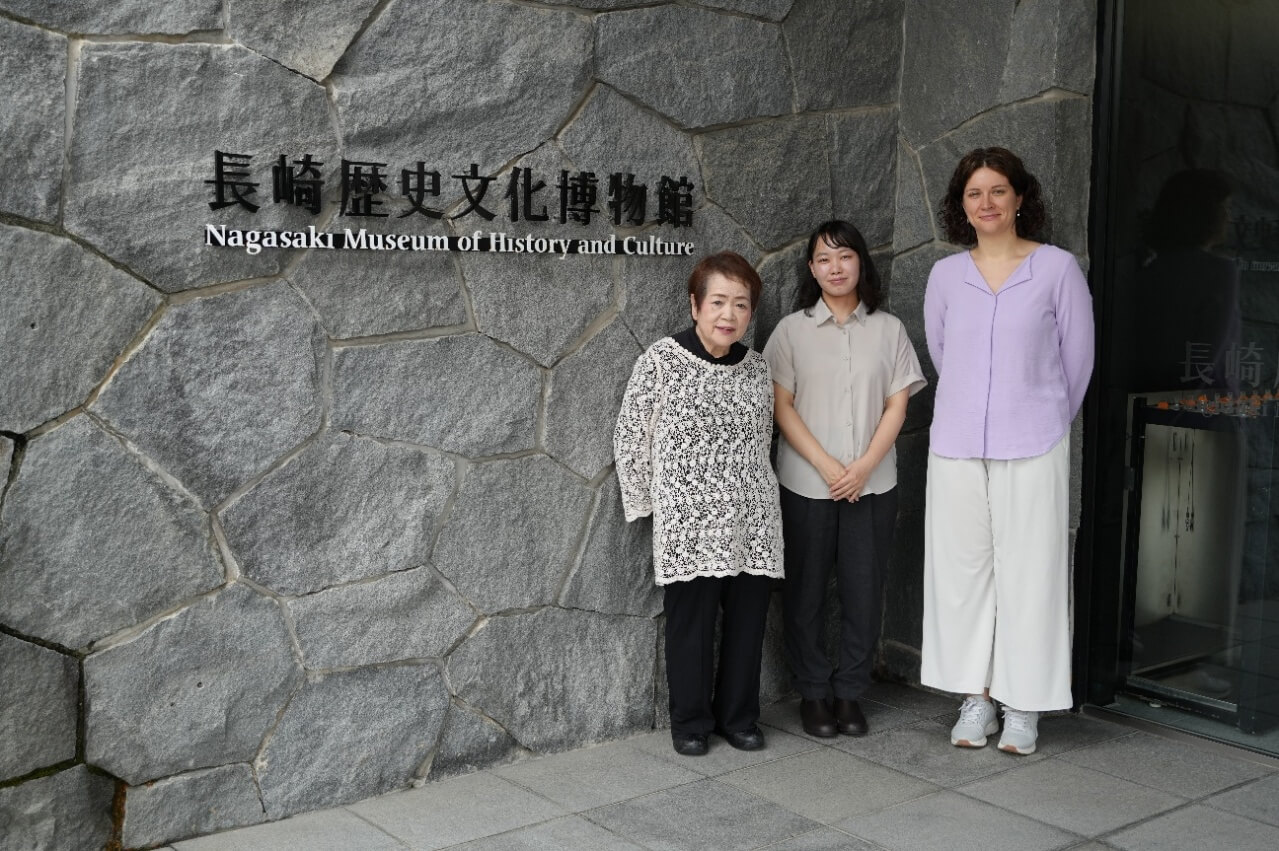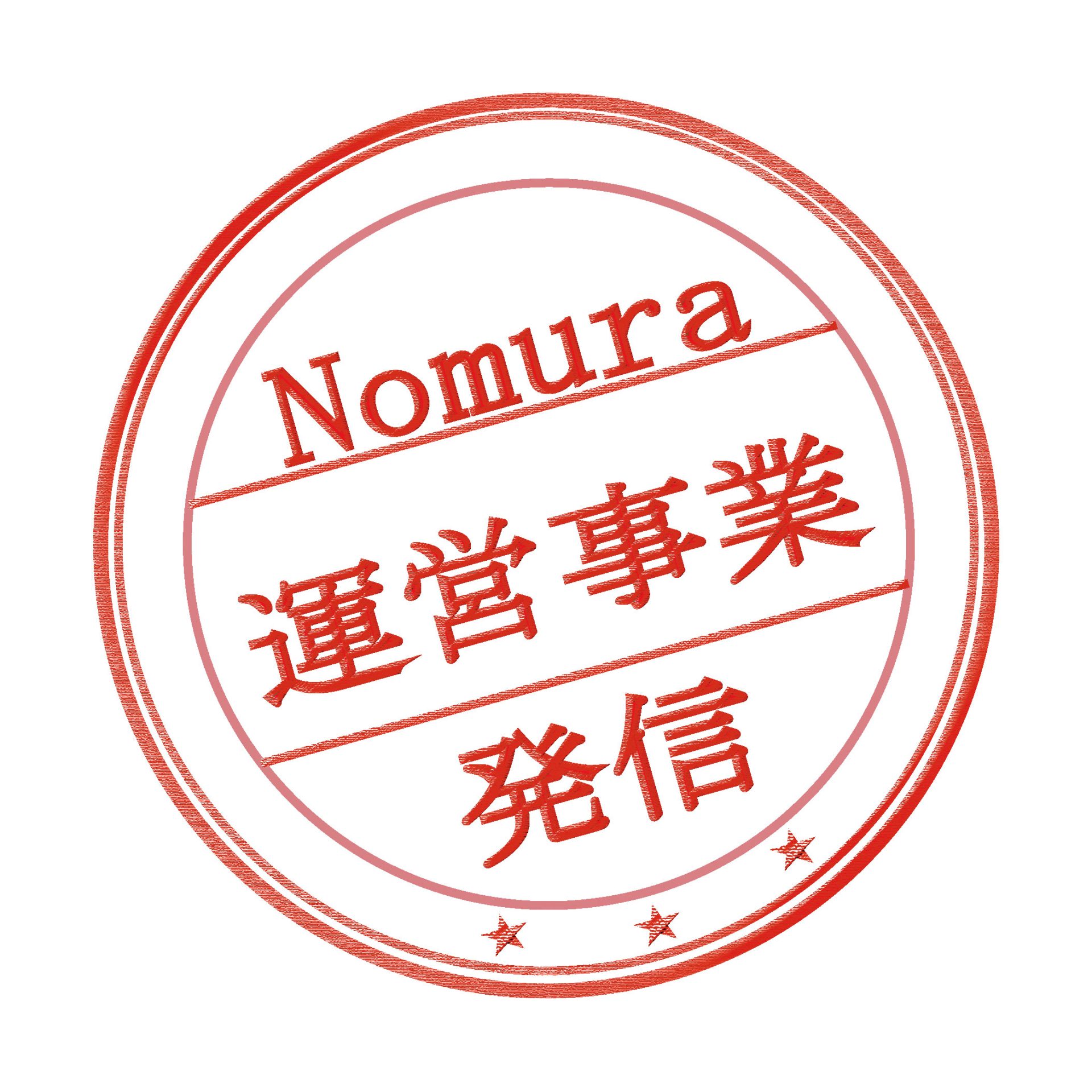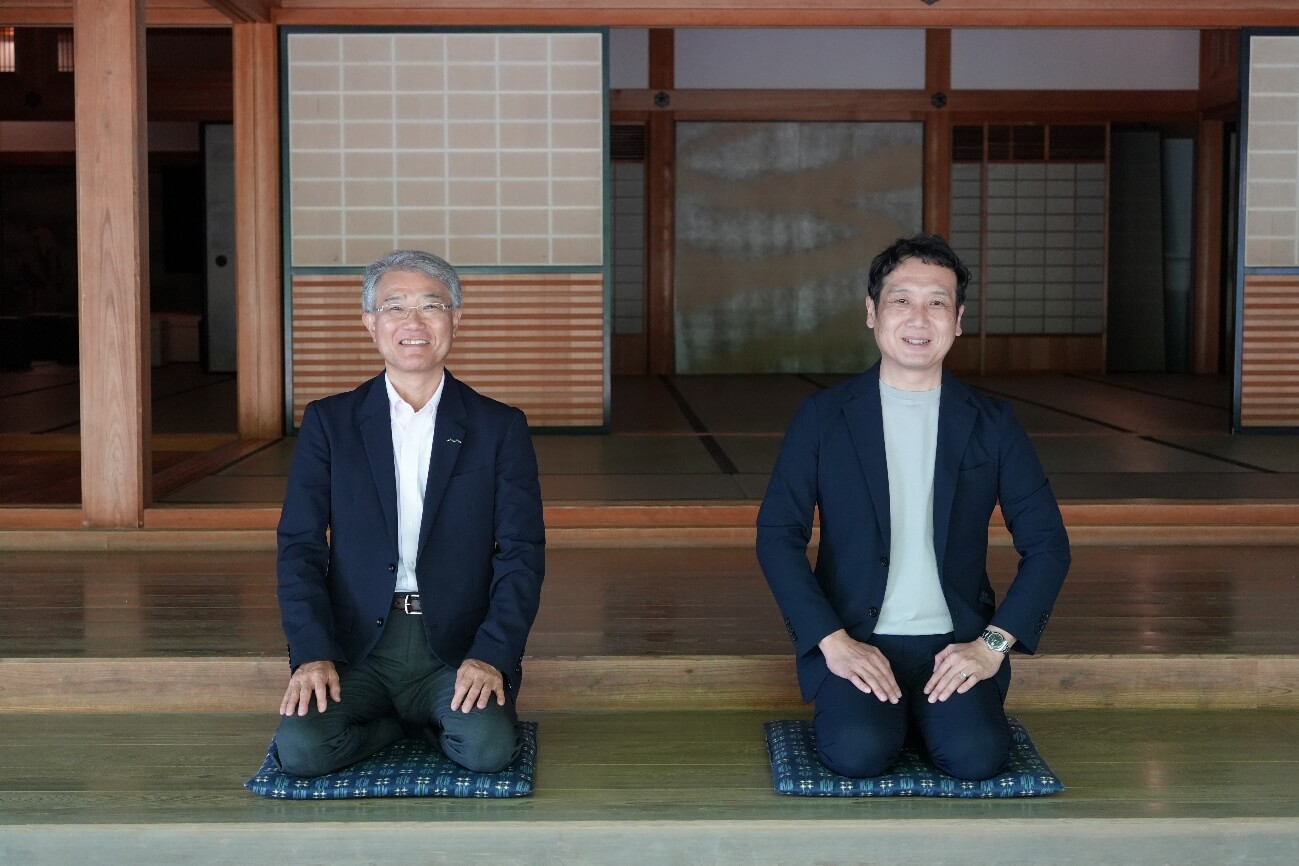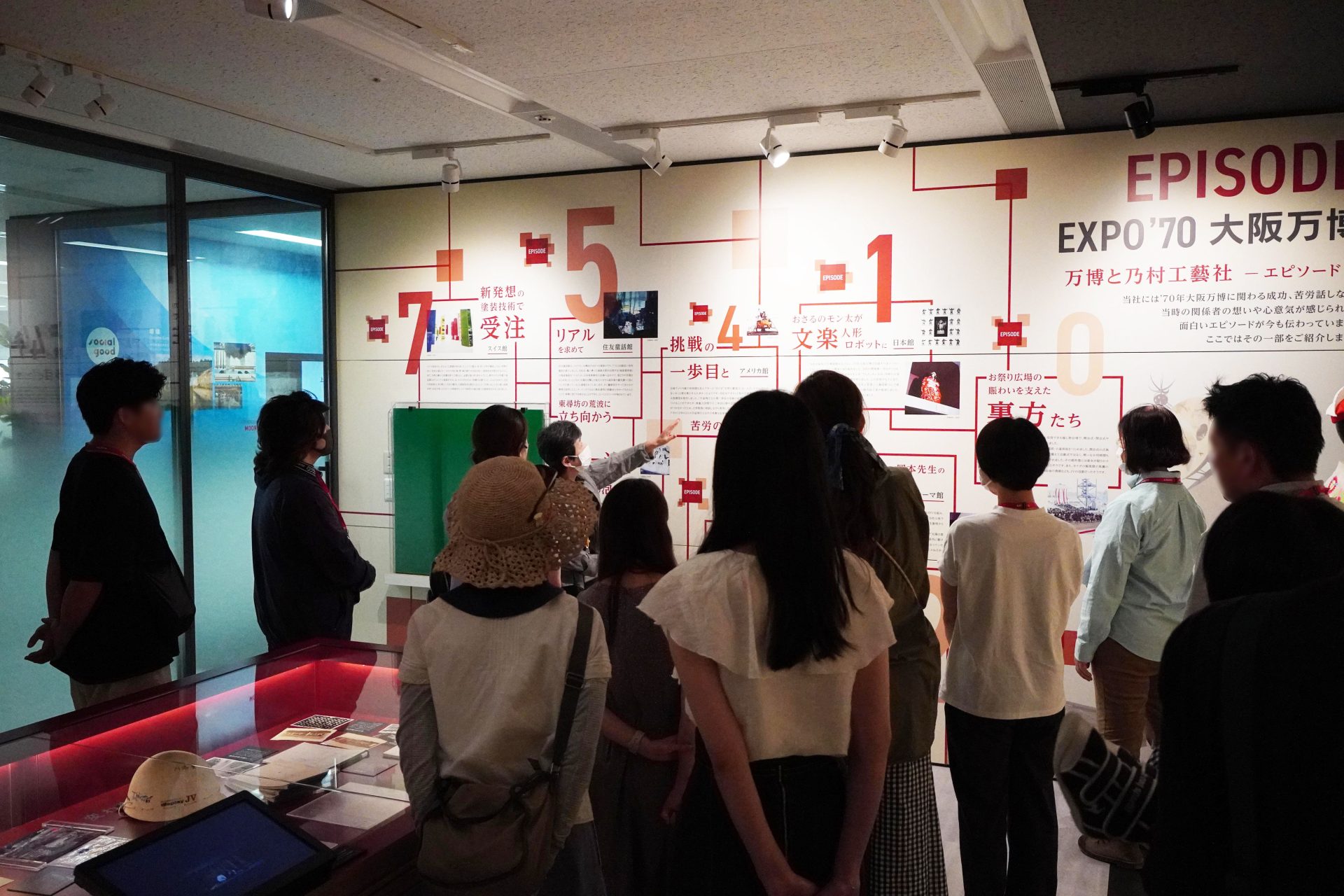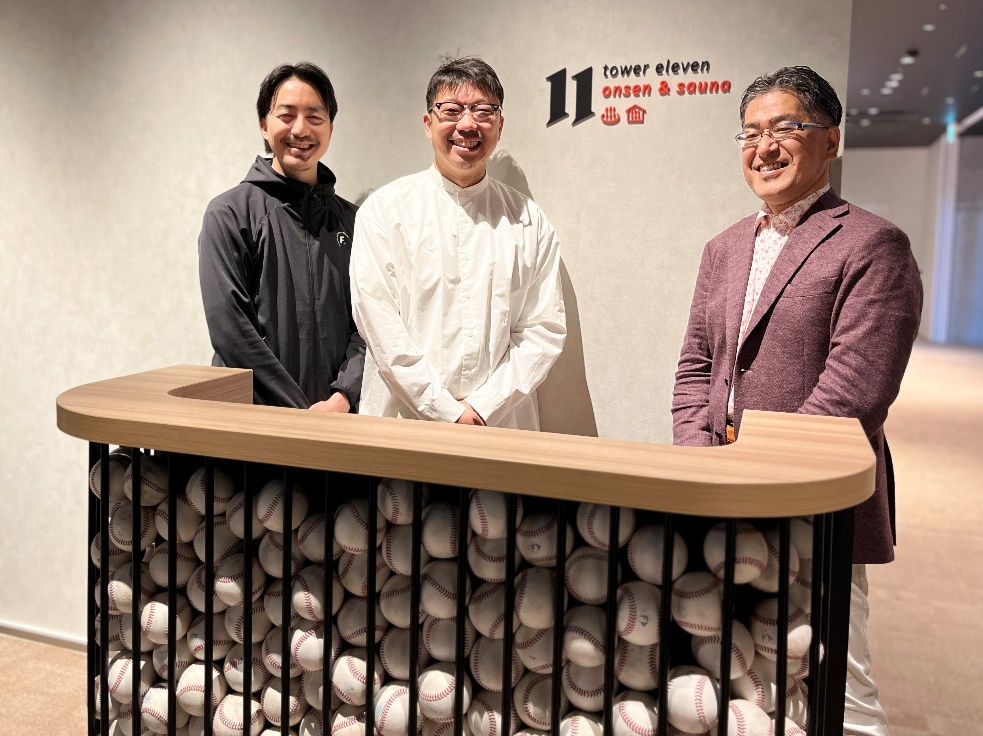
Creating a New Space Calendar Vol.3 Autumn Event -Preparation-
2020/12/24- text and edit by
- Hideki Sato
last talk
Let's go to the upcoming "New Kukan Saijiki Autumn Event" hosted by nomlog editorial department!
Then, at the editorial meeting, he gave a passionate presentation (although it was a remote meeting) by banging the desk with "Bang!"
In the previous article, we talked about the last weekend of October, when we held a “one person moon viewing” on a hill overlooking the sea in Nishiizu before the event was held.
*Click here for the previous article → “Create a new space calendar [Vol.3] Autumn event / trailer”
 *I spent a moonlit night with a moon age of 14.3 (the day before the full moon) on a hill overlooking an inner bay surrounded by capes.
*I spent a moonlit night with a moon age of 14.3 (the day before the full moon) on a hill overlooking an inner bay surrounded by capes.
[Tsukimi]
I, who is the first to bring up such a [moon viewing], was appointed as the chief executive of the [moon viewing project executive committee] (Even though I am the chief executive, there is only one member. only),
"In terms of knowledge, let's learn a little more about [moon viewing] and deepen our understanding!" In the past, I used to go out of my way to the library to search for related books, but no, it's become a convenient world.
Then, with the result of the preparation as the action plan ①, we created a reference material that can be shared with the participating members.
 * In order for the members of nomlog editorial staff to know about it, at the beginning of the execution plan, write down the moon viewing material that you have prepared yourself and share the information. In anticipation of the upcoming [moon viewing event], I researched the reasons for offering pampas grass and dumplings, as well as how people in the past enjoyed themselves.
* In order for the members of nomlog editorial staff to know about it, at the beginning of the execution plan, write down the moon viewing material that you have prepared yourself and share the information. In anticipation of the upcoming [moon viewing event], I researched the reasons for offering pampas grass and dumplings, as well as how people in the past enjoyed themselves.
In the previous article, I introduced the story that the full moon, which is the representative of [moon viewing], "Harvest Moon", "came from China". In Japan, the custom of worshiping and admiring the moon seems to have existed since the Jomon period, but according to records, it was introduced during the Jogan era (859-877) of the Heian period and spread among the nobility. Waka poems of the time tell us that it was an elegant event, such as drinking sake while admiring the moon, listening to poetry and orchestral music on the boat, and enjoying the moon reflected on the surface of the water and in sake cups.
It wasn't until the Edo period that the night of the full moon came to be widely enjoyed by the common people. It is said that it was more about harvest festivals and firstfruits festivals associated with farming rather than banquets. Therefore, Japan's unique [moon viewing] such as the 13th night and the 10th night were born.
In addition to the 15th night, 13th night, and 10th night, there are moon-viewing events called [moon-waiting], which are rarely held today, all over Japan. It is said that there were customs such as giving meaning to the moon and waiting for the moon to rise, and worshiping the shape of the moon as various things.
It was a coincidence, but in Masayuki Yoshida's nomlog article that was uploaded the other day on November 27th, one of the typical [moon waiting], waiting for the 23rd night, appears. (It's a wonderful article that takes the form of a story, which is rare for nomlog article. Personally, I'm really looking forward to Mr. Yoshida's next work!)
* Click here for Mr. Yoshida's article → "Field Work Drunken Dreams"
In addition, in the Takanawa area, which is located on the opposite bank of Odaiba, where the head office of NOMURA Co., Ltd., Ltd. is located, a large-scale event is held to wait for the 26th night, which is said to be the “summer festival of the Edo period.” Stalls and stalls lined up along the seashore, houseboats and small boats crowded together on the sea, and fireworks were set off. Many ukiyo-e prints depicting the waiting for the 26th night, such as Utagawa Hiroshige's "Eastern Meisho Takanawa Rokuya Waiting and Enjoyment" (←Click to see the picture), tell us what it was like.
Twenty-six nights waiting In the past, the blessed three deities (Amida, Kannon, and Seishi) appeared in the moonlight and were worshiped. An event to go out at night until midnight when the moon gradually rises It is said that it has changed for Doesn't it feel like Christmas (for non-Christians) has changed from its original significance as a birthday celebration to a fun event?
Plan [moon viewing]
Even if you say “moon viewing” in one word, I learned that there are various “moon viewing” depending on the season and the age of the moon.
For the Japanese, who have
the concept of 800 thousand gods and have lived in close contact with nature through rice farming, farming, and fishing since ancient times, the timing of the rising and waning of the moon is used to measure the changes in seasons and time. I can guess that the moon was much more closely related to our lives than we are today, such as knowing the ebb and flow of the tide.
Even at night, there were no bright lighting fixtures like today, and people relied on firelights, so the moonlight that illuminates the dark nights was a very grateful existence, and the full moon was especially worshiped as a mysterious and divine radiance. I was able to realize from my experience of spending two nights in Nishiizu under the moonlight.
It was a new discovery for me personally that there are various [moon viewing] and things that have happened in the past, but the points common to all [moon viewing] are "It's an event where you can interact with close people while gazing at the beautiful moon." about it.
Regarding the autumn events to be held in "New Kukan Saijiki" this time, like the spring [online cherry blossom viewing] and the summer [online summer camp], in order to explore the possibilities of online events [hypotheses, demonstrations, considerations] The theme was "Let's enjoy Japanese culture more lightly in a style that matches modern times!"
Therefore, I, the chief executive of the [Otsukimi Project Executive Committee],
In addition to the plan based on ``getting to interact with close people while gazing at the beautiful moon'', we will focus on the ``moon'', which we usually don't pay much attention to, and ``each person's heart and memories''. It would be interesting if you could see the various moons inside." So, in action plan 2, I put together a draft of the event content, and made the desk even stronger than at the last editorial meeting. I hit him and started making suggestions. (Again, it's a remote meeting)
 *The draft consists of three parts: Kan/Food/Raku/Ei/Sake. I tried to plan an event that can be done online while incorporating warm knowledge from the past.
*The draft consists of three parts: Kan/Food/Raku/Ei/Sake. I tried to plan an event that can be done online while incorporating warm knowledge from the past.
Of course, with the new corona infection prevention measures in mind, this event will also try to incorporate a live feeling with a "hybrid plan" that parallels the real outdoor event that can avoid the 3 Cs while holding it online. to
Based on that, the draft made the following three points:
1. Following the traditional moon-viewing style (viewing/food)
●[Tsukimi] You can enjoy the full moon by arranging pampas grass, dumplings, and the moon, which can be said to be the three sacred treasures.
Just like at [Summer Camp], make good use of the background image visuals on the online screen.
There is a theory that the dumplings were inspired by the mooncakes eaten in China when viewing the moon, so you can use them as they keep for a long time!
2. Enjoy different months (easy)
●『MOON SHOT GALLERY』→ Photographed by each person Add an episode to the moon photo show off online
● "LUNA TALK" → Anything is OK as long as it is related to the moon Month story bring and introduce.
3. Enjoy the moon as a side dish! (Film/Sake)
●Enjoy sake as if you were a noble in the Heian period. If possible, I would like to try [Tsukimi Sake] where the moon is reflected in the cup!
●Since it's a big deal, look for a drink with the month in its name, and drink it on the day.
*It was planned to be held on weekdays, but the event starts after work, so drinking is allowed.
When I explained the above draft of the action plan to nomlog editorial staff, who were the participating members, no one objected to the chief executive's ideas, and each of them had their own ideas, such as photos of the moon, stories about the moon, and so on. , we decided to welcome the day by preparing moon cakes and sake with the name of the moon.
The scheduled execution date has been decided on Monday, November 30, 2020, when each member can participate and will be the night of the next full moon.
If it is raining or cloudy on this day, and the weather is such that the moon cannot be seen, and the weather is postponed, the next day will be December, and it will already be December. I'm going to put it away!"
Will the full moon show itself on the night of the day? !
Read more in the next article! (I wonder when the next issue will be?)
*See the sequel here!
"Otsukimi" to create a new space calendar-I tried it! final chapter-
*Click here for the first part!
"Otsukimi" to create a new space calendar-I tried it! Trailer-
* Reference website
[Moonviewing and offerings] "The beauty of the four seasons" https://shikinobi.com/juugoya
[Waiting for the moon] “Fujingaho” https://www.fujingaho.jp/culture/traditional/a57661/moon-171004/
————————————————————————————————————————-
Acclaimed serialization! "Hideki's Yuruyuru Nagisahouki" back number is here!
ep8 "Look for discomfort!" Quiz 2 ep7 "What is this?" Quiz ep6 "Beach of Corona"
ep5 "Encyclopedia of Garbage Ashore" ep4 "Encyclopedia of Living Things" ep3 "Natural Perception" ep2 "Bottle Message"
ep1 "Coastal Museum"
Like this article?

